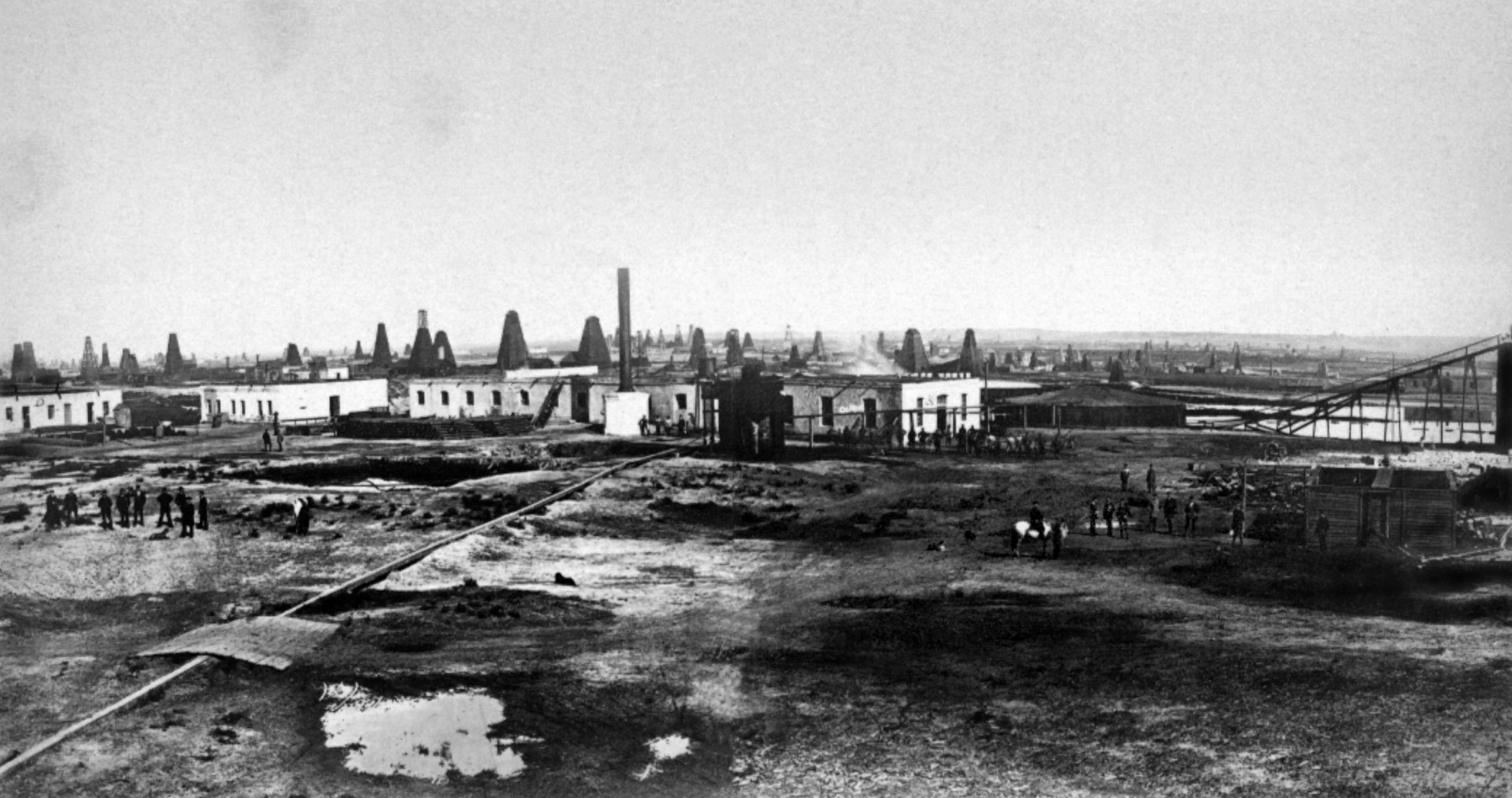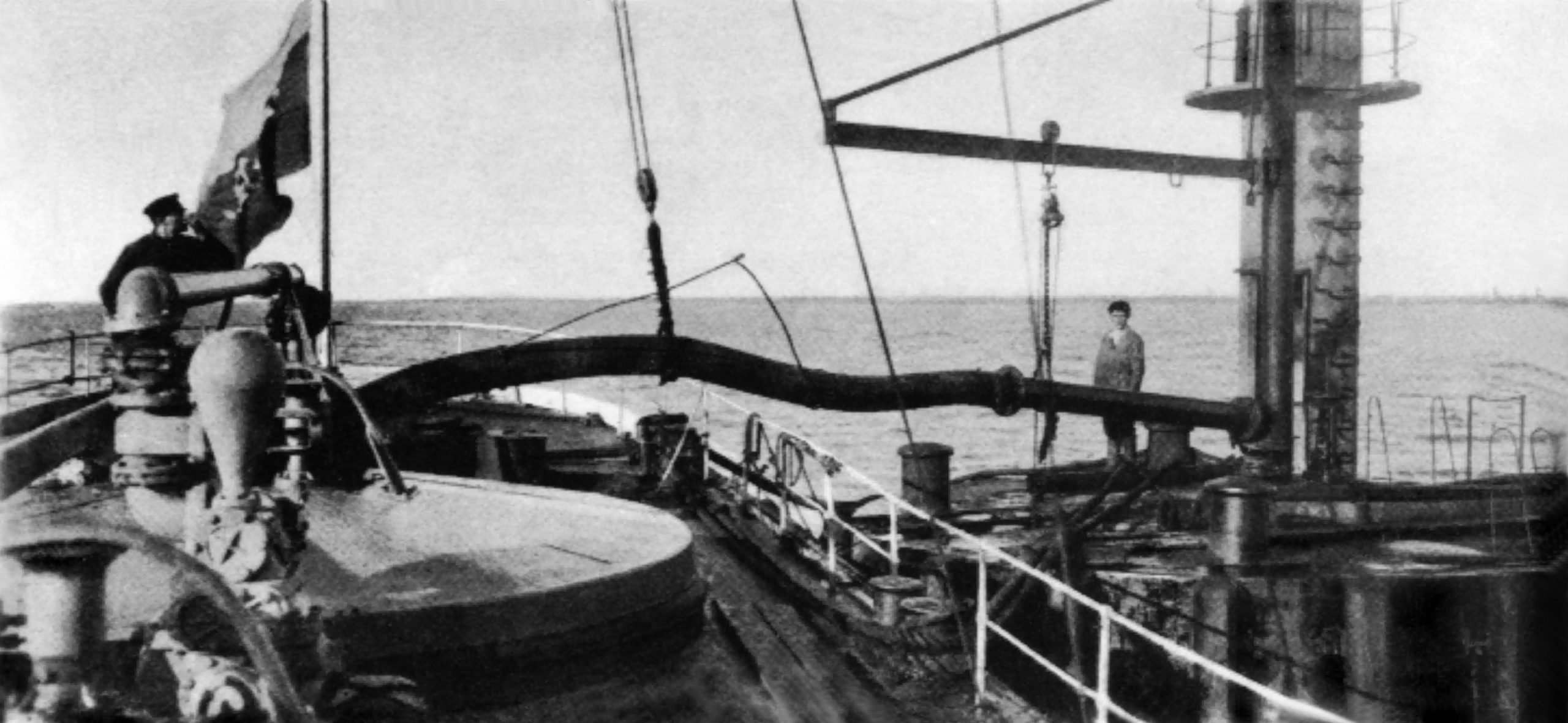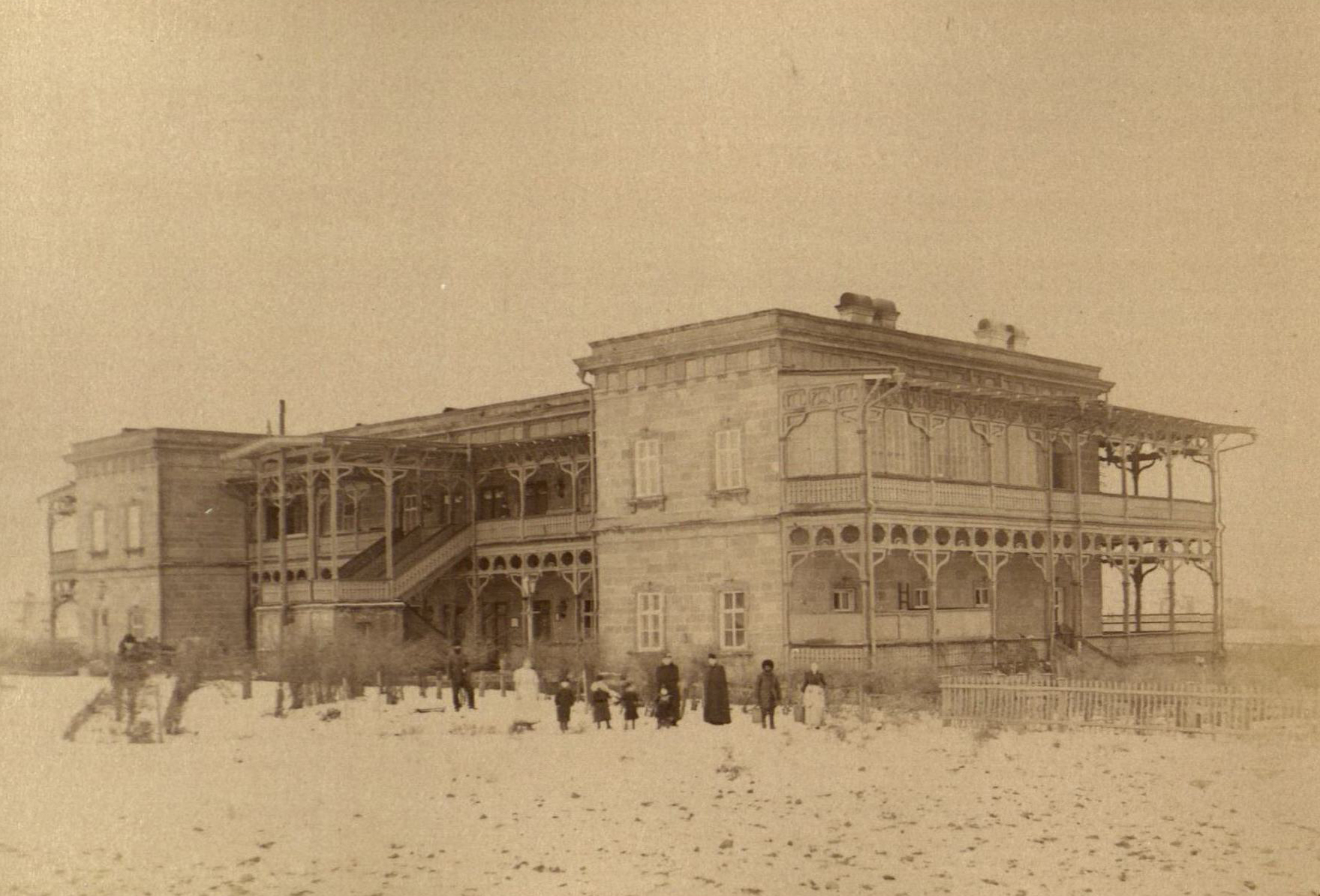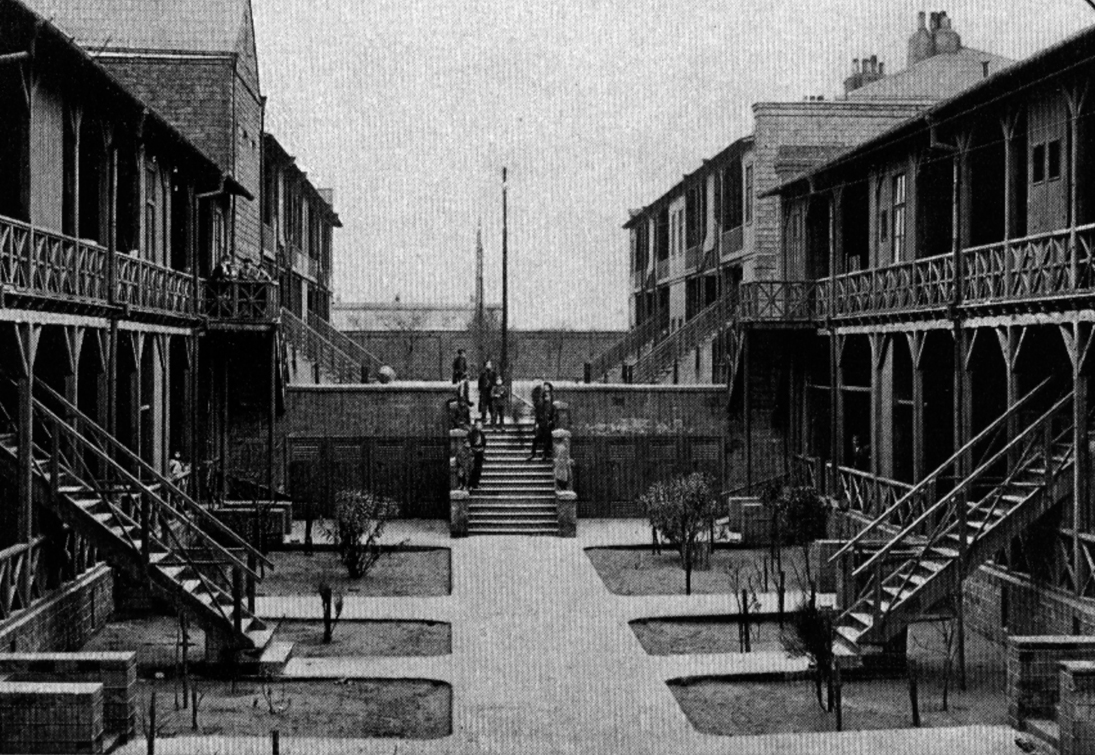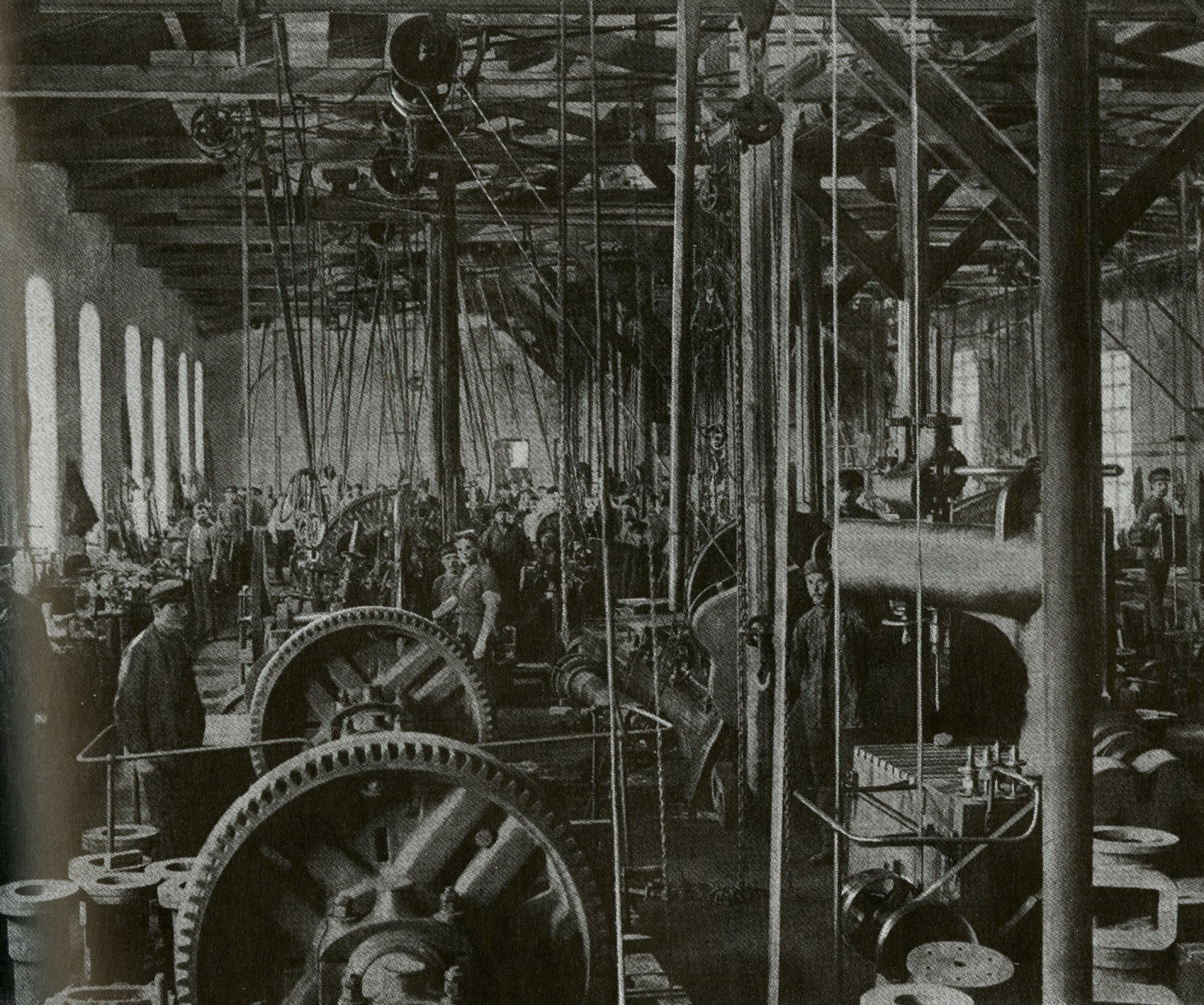In 1877, the brothers Ludvig, Robert and Alfred Nobel make plans for the new oil company, Branobel. All new knowledge of oil management is in the USA and the brothers send the Swedish engineer, Alfred Törnqvist, to Oil City in Virginia to learn about refining, storing and distributing oil.
At the beginning of 1877, the brothers Ludvig and Robert Nobel presented a plan to their brother Alfred, in which they describe in detail how the entire system for refinery, transport by boat and train, storage and sales of oil was to be organised.
Ludvig wrote a long letter to Alfred when he was on his way to Baku in the autumn of 1876. Ludvig needed to devise a communication line to transport the oil from Baku on a large scale. His calculations had proved to be better than he thought: ”The venture is not difficult to carry out, but the profit it could provide is tremendous”.
In Baku, Ludvig and Robert had been working on getting the factory ready. They had put down 300,000 roubles themselves and the Finnish Mayor-General, C A Standertskjöld, had contributed 150,000 roubles. This provided basic capital of 450,000 roubles for oil-production. In addition, 2 million roubles was required for pipelines and large iron cisterns.
Ludvig wrote to Alfred to say that they could definitely and without any exaggeration expect an annual profit of at least 50 percent for several years in a row. ”I am happy to be able to tell you this, since this will make you happy for Robert’s sake, who has had a great number of difficulties fighting down there in what is hardly a pleasant hole — if we can call Baku that.”
Alfred was urged to obtain ”information about the oil cisterns, construction of pipelines and their use in Pennsylvania and the Oil Region, which are not available in ’Petrolia’ as you stated” through his contacts in America.
Ludvig needed answers to questions about the transport and storage of oils, which the Americans had carried out with great success, ”before I go ahead with the venture on a large scale”. The questions referred to designs and materials for the manufacture of warehouses, railway transport in cisterns, pumps and pipelines.
The solution came in the form of the young Swedish engineer, Alfred Törnqvist, who had been in the USA in 1876 to help with setting up the Swedish unit at the World Fair in Philadelphia. On his way home, he met Robert Nobel in Paris, who was on a visit to his brother, Alfred, at the time. Both brothers took a liking to the gifted young Törnqvist and employed him. Törnqvist was to learn everything about the distillation of petroleum! Through Alfred, he was given the opportunity to study a refinery in Marseilles. The idea was that they would build a plant in Baku for continuous refinement, something no one had done previously. But Marseilles did not provide anything new – the innovations were in Oil City in Virginia, USA.
So Törnqvist was sent back across the Atlantic with oil samples from Baku. The oil in Baku had different properties to that in Oil City where Törnqvist had a chemist analyse the oil samples. Ludvig was delighted when the analysis provided information on what refining process they should use and what chemicals should be added.
Törnqvist concluded his studies with a visit to the American patent office and the Library of Congress in Washington as well as oil producers and distributors on the east coast. He took every imaginable kind of literature about petroleum home with him. In Paris, he again met Alfred and the specialist in chemical processing techniques, Alarik Liedbeck. It is likely that the three reached a solution in principle for the continuous process, because, in September 1879, Törnqvist was given the task of immediately travelling to Baku to begin the manufacture of an experimental model on a small scale. He was to subsequently direct the reconstruction of the factory.
(more info)
(more info)

